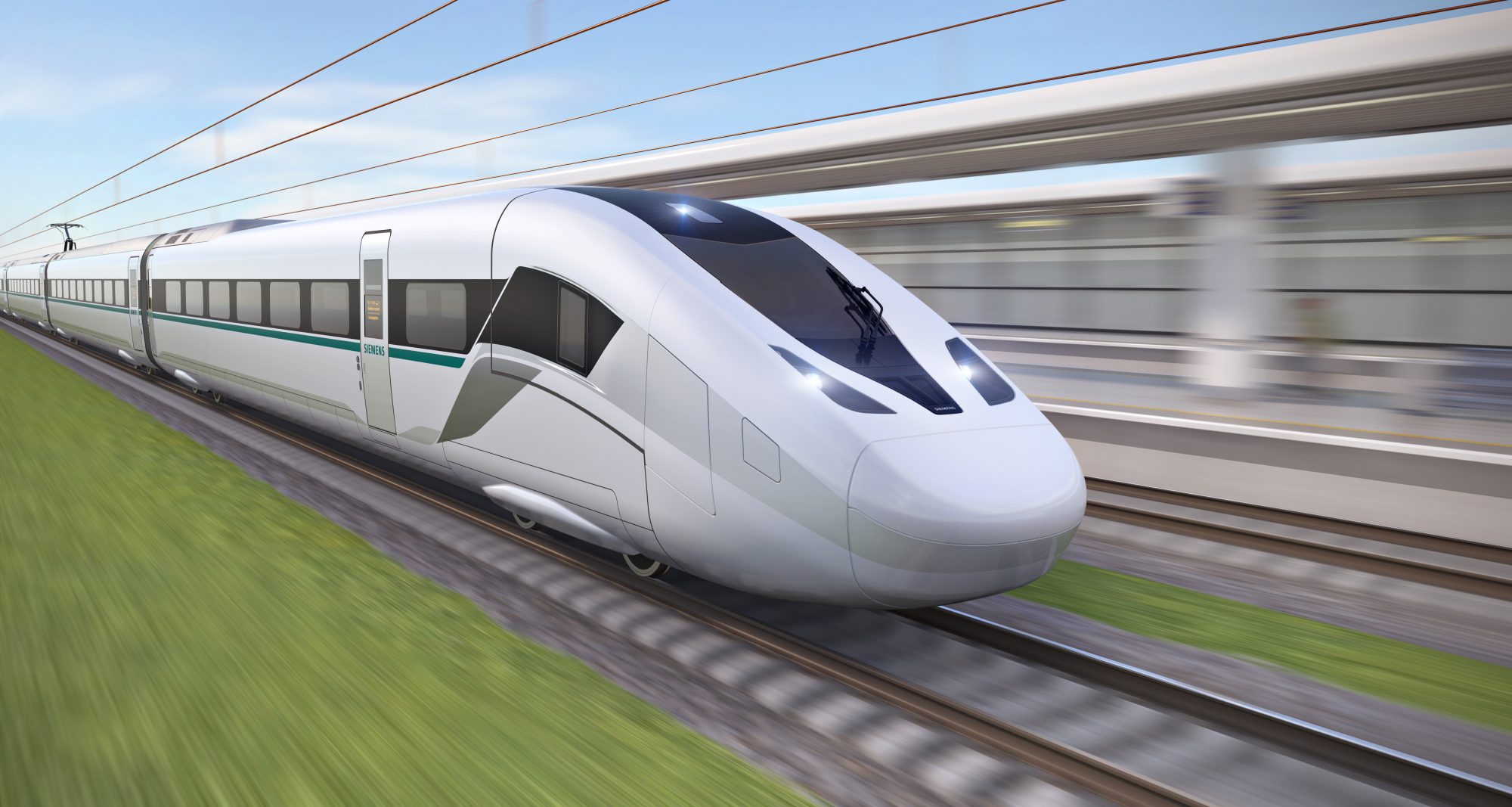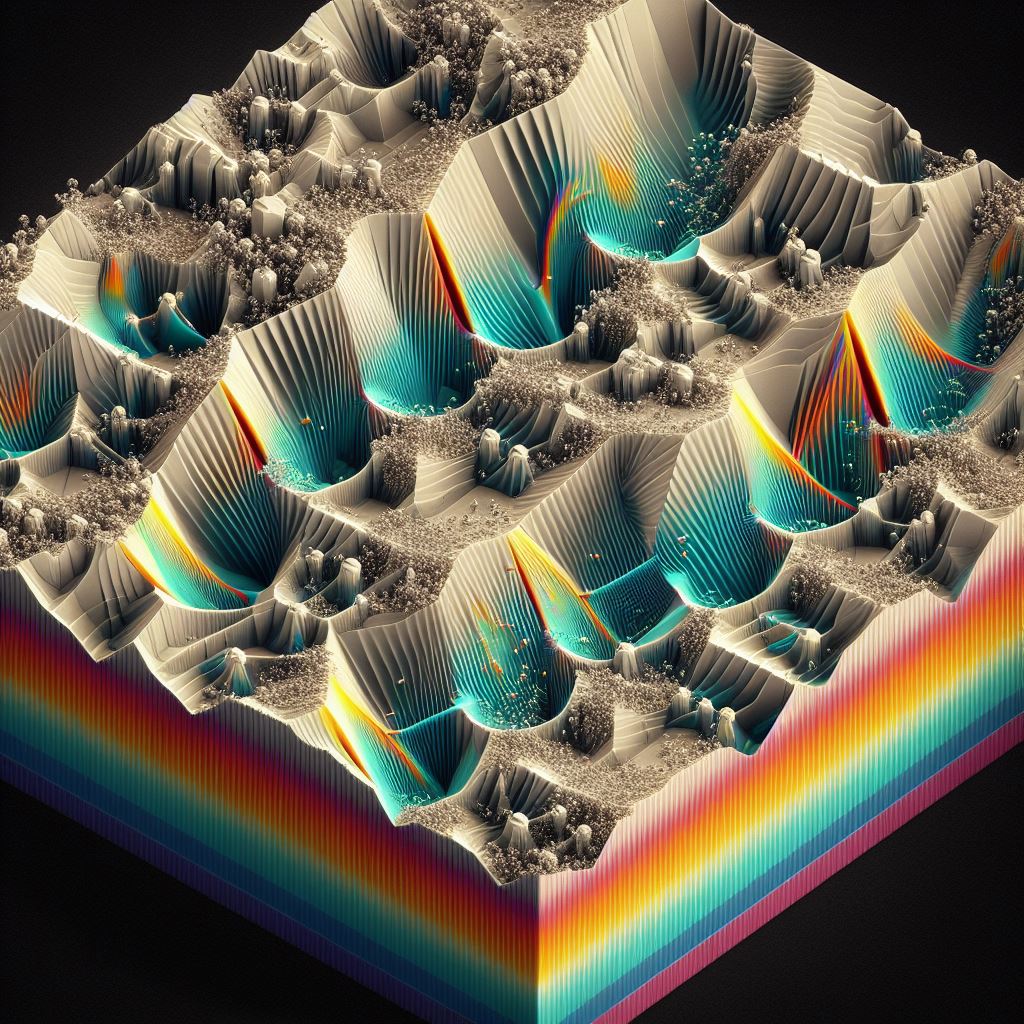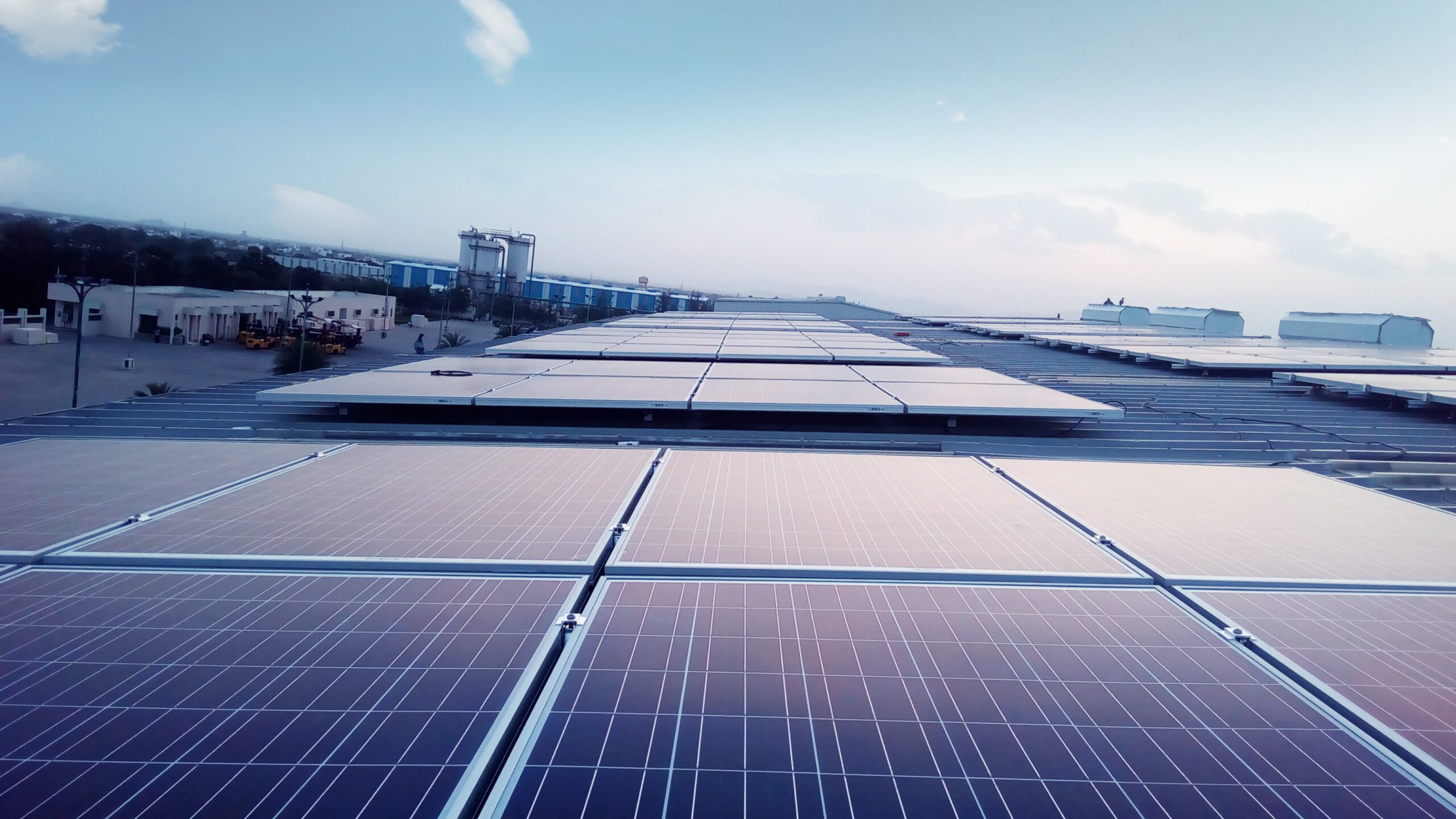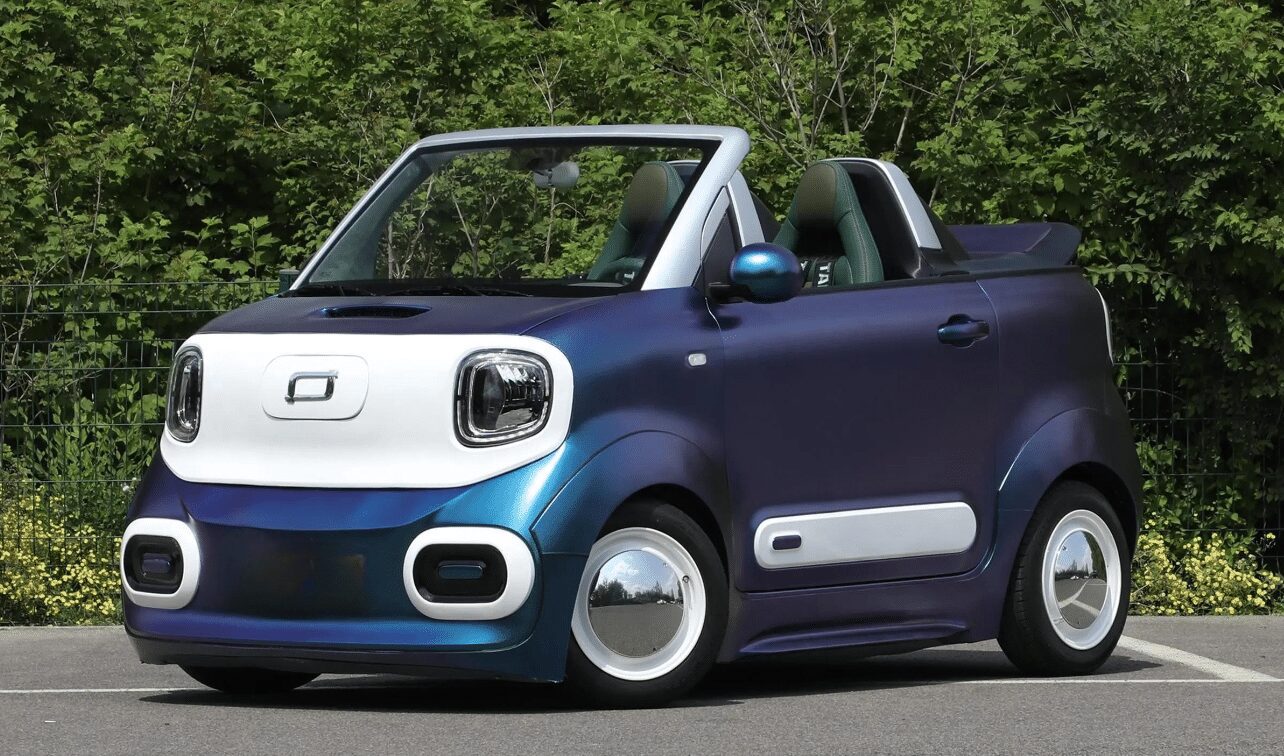Table of Contents
Hurtigruten Norway, a leading cruise line known for its environmental commitment, is setting a new course for the cruise industry by introducing a zero-emission cruise ship by 2030. This groundbreaking initiative is a part of the company’s Sea Zero project, a bold step toward transforming the future of sustainable travel.
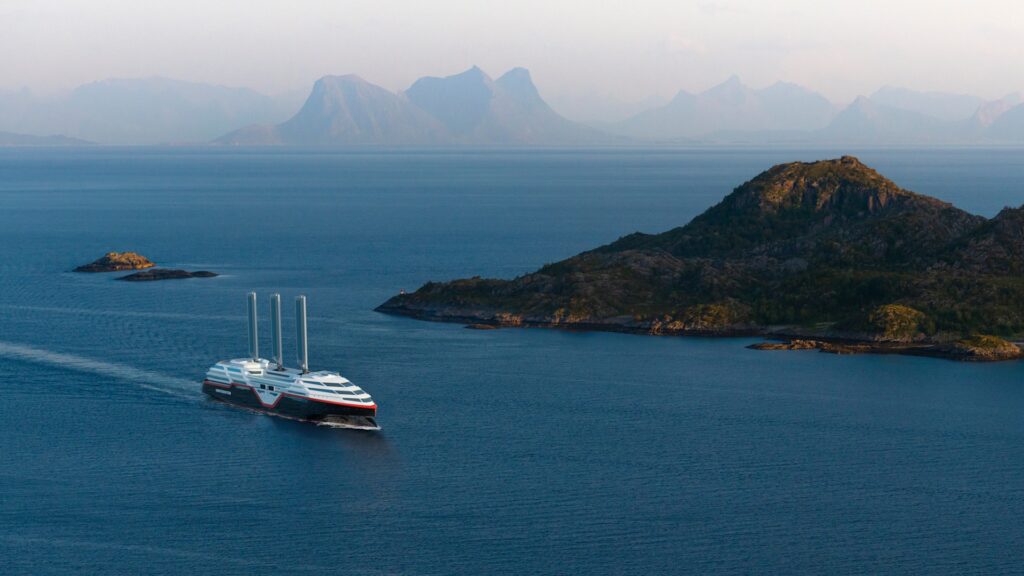
The cruise ship, designed with cutting-edge technologies and an eco-friendly focus, aims to minimize the environmental impact of maritime tourism while enhancing operational efficiency.
The Vision Behind the Zero-Emission Cruise Ships
Hurtigruten’s goal to launch a zero-emission cruise ship is rooted in a desire to reduce the ecological footprint of the cruise industry. This initiative is part of their broader commitment to sustainability, focusing on green energy and eco-friendly technologies. The project is not only about building a cleaner ship but also about reshaping the entire cruise industry to operate in harmony with nature.
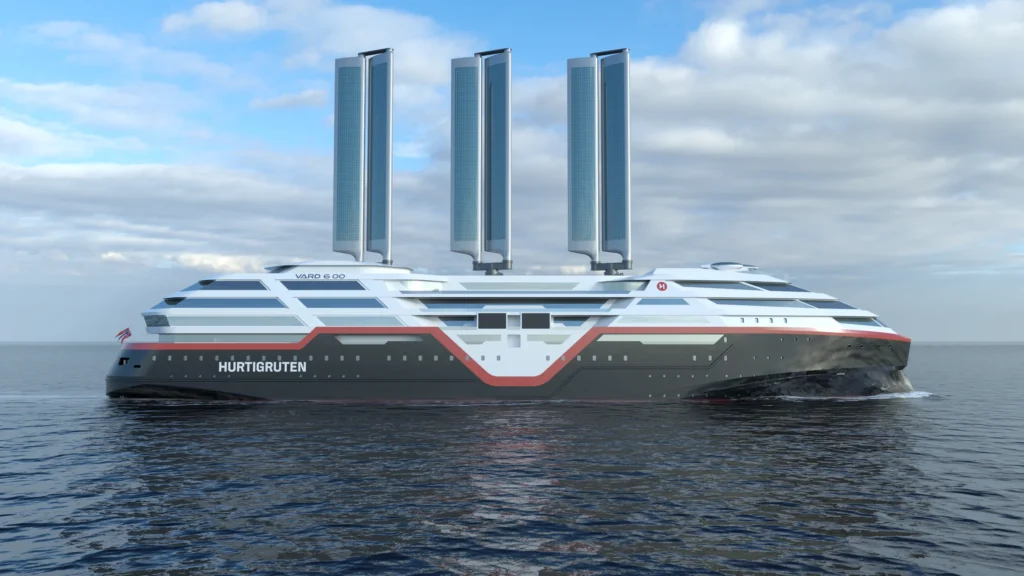
The conceptualization of the ship is the result of a year-long feasibility study conducted alongside the Norwegian research institute SINTEF and a consortium of twelve marine partners. The study examined various technologies to reduce emissions and increase energy efficiency in the cruise sector. This collaboration has led to the development of several innovative technologies and approaches that will be implemented in the ship’s design, setting a new standard for sustainable maritime travel.
Innovative Technologies for Sustainability
One of the most notable features of the zero-emission cruise ship is its integration of multiple sustainable technologies. The ship will be powered by a combination of renewable energy sources, including retractable sails, solar panels, and 60 megawatt-hours of battery capacity. These batteries will be charged while the ship is docked at ports, making it possible to reduce reliance on fossil fuels and significantly cut down on emissions during travel.
Retractable Sails
The ship will feature retractable sails, a technology inspired by traditional sailing but enhanced with modern materials and designs. These sails will harness wind energy to provide auxiliary power to the ship, reducing the need for fuel consumption. By combining wind power with solar energy, the ship can run more efficiently, especially during favorable weather conditions. The ability to retract the sails when not needed ensures that the design remains versatile and efficient, allowing for better maneuverability in all conditions.
Solar Panels
Solar energy will play a crucial role in powering the ship’s systems. Solar panels will be strategically placed on the ship’s roof and other surfaces, generating renewable electricity to help meet the vessel’s energy demands. This sustainable energy source will help offset the consumption of traditional fuel and reduce the carbon footprint of the cruise.
Battery Storage
To power the ship when it is not in port, the vessel will rely on advanced battery technology. With 60 megawatt-hours of battery storage, the ship will be able to store large amounts of energy, ensuring that it can operate efficiently without relying on fossil fuels. The batteries can be recharged while the ship is docked, meaning the vessel can operate on clean energy for most of its journey along the Norwegian coast.
AI for Advanced Maneuvering and Operational Efficiency
In addition to renewable energy sources, Hurtigruten is also integrating artificial intelligence (AI) to optimize the ship’s operations. AI will be used to enhance the ship’s maneuvering capabilities, particularly in its docking and undocking procedures. Hurtigruten’s zero-emission cruise ship will stop at 34 ports daily along Norway’s coast, and efficient port operations are crucial to minimizing fuel consumption and energy use.
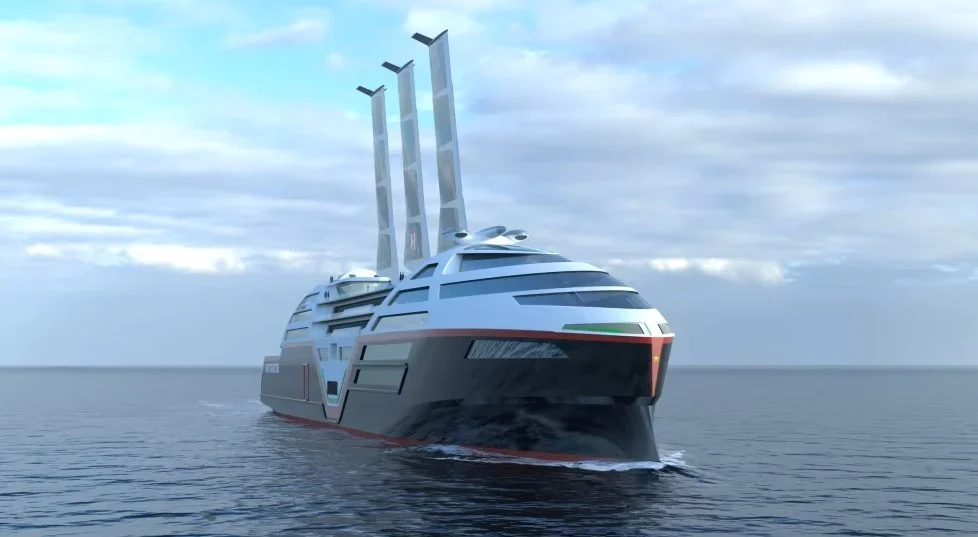
AI-powered systems will analyze vast amounts of data to identify the most efficient docking and undocking methods for each stop, reducing energy waste and optimizing time spent in port. This data-driven approach will also help with navigation, ensuring that the ship follows the most fuel-efficient routes while avoiding delays or unnecessary detours.
By leveraging AI for these critical operations, Hurtigruten will further enhance the ship’s sustainability and operational efficiency, helping to make the entire journey more environmentally friendly.
Streamlined Design for Energy Efficiency
Another key aspect of the zero-emission cruise ship’s design is its streamlined shape, which is specifically intended to reduce air resistance and improve fuel efficiency. Advanced aerodynamic design principles will be incorporated into the ship’s exterior to minimize drag, which in turn will reduce the energy needed to propel the ship forward. By making the vessel more hydrodynamic, Hurtigruten aims to reduce its energy consumption, making the cruise experience even more sustainable.
This focus on energy efficiency is essential for achieving the zero-emission goal. The streamlined shape, combined with the energy produced from renewable sources, will help the ship operate efficiently and reduce its overall environmental impact.
A Pioneering Effort for the Cruise Industry
Hurtigruten’s initiative to develop a zero-emission cruise ship represents a bold move toward sustainable tourism. As the first of its kind, this project could serve as a blueprint for future cruise ships and set new standards for the maritime industry. By embracing innovative technologies like AI, retractable sails, solar panels, and battery storage, Hurtigruten is leading the way in reducing the cruise industry’s carbon footprint and making cruising a more environmentally responsible activity.
This ambitious project is also a reflection of the growing demand for sustainable travel options among consumers. As more travelers seek eco-friendly vacation experiences, cruise lines are under increasing pressure to adopt greener practices. Hurtigruten’s zero-emission ship is not just an answer to this demand but a proactive step toward reshaping the future of cruising.
A Greener Future for Cruising
Hurtigruten Norway’s zero-emission cruise ship is a significant step forward in the push for more sustainable maritime travel. By incorporating cutting-edge technologies like AI, renewable energy sources, and advanced design features, the company is setting new standards for eco-friendly cruising. This pioneering effort, part of the Sea Zero project, will not only reduce the environmental impact of the cruise industry but also inspire other companies to follow suit.
With the goal of launching the ship by 2030, Hurtigruten is demonstrating that sustainability and innovation can go hand in hand, paving the way for a greener, more sustainable future for the entire cruise industry.



